6 Key Tree Services You Shouldn't Skip This Winter
In the winter, trees require specific care to ensure their health and longevity into the spring and beyond. As temperatures drop and the threat of snow, ice, and harsh winds increases, it's essential to address various aspects of tree maintenance. In this article, we will discuss crucial tree services that should not be neglected during the winter months.
1. Winter Pruning
To maintain healthy trees and shrubs, trim during dormancy and allow trees to conserve energy for spring growth. These are crucial parts of winter pruning. With the absence of leaves, it's easier to identify weak or damaged branches. Pruning in winter reduces stress, lowers the risk of disease, and promotes stronger, more vibrant growth in the coming seasons.
Identifying and removing dead or diseased branches is key to winter pruning. Compromised branches pose safety risks and drain nutrients from healthy parts of the tree. Using proper tools ensures clean cuts for quicker recovery.
Timing and safety are essential for effective pruning. Late winter is ideal for pruning, as trees prepare for spring. According to the Old Farmer's Almanac, pruning while a plant is dormant makes it easier for the plant to recover which is important for next year's flowers.
Following safety precautions, such as using protective gear and handling tools properly, is vital. In complex cases, consulting professional tree services or hiring an arborist or other tree services is recommended. Proper pruning promotes tree health, safety, and longevity.
2. Tree Health Assessment
Early recognition of tree stress is crucial for maintaining health. Symptoms like wilting leaves, dead branches, or unusual growth patterns can indicate underlying issues exacerbated by factors like drought or overwatering. According to the Arbor Day Foundation, if the tree is more than 50% damaged, it should be removed for safety reasons. However, timely intervention, such as adjusting watering or implementing pest control, can prevent further decline and ensure better spring growth.
Professional tree services are essential for identifying hidden problems, like fungal infections or pest infestations. They provide thorough evaluations and customized care plans that homeowners may miss. Regular soil testing is also vital for assessing nutrient levels and pH balance, allowing for necessary amendments to support root development.
A complete health assessment includes checking root and canopy conditions. Strong roots promote stability and nutrient absorption, while a well-maintained canopy encourages balanced growth. Monitoring for pests and diseases, particularly in winter, is crucial to prevent infestations. Proactive steps ensure trees remain healthy, resilient, and capable of thriving year-round.
3. Cabling and Bracing
Cabling and bracing provide essential structural support for trees, reducing the risk of breakage and extending their lifespan. These techniques involve installing steel cables or rigid rods to reinforce weak branches, particularly in older trees or those with multiple stems. By stabilizing the tree's structure, cabling and bracing help prevent damage during extreme weather, ensuring the tree remains healthy and intact over time.
Knowing when to hire tree services to implement cabling and bracing can prevent severe structural failures. Signs such as large cracks, heavy limbs, or tightly nested branches may indicate the need for additional support. A professional arborist can assess whether a tree's integrity is compromised and recommend the appropriate intervention. Various bracing systems, including flexible cables for natural movement and rigid rods for firm stability, cater to different structural needs. Selecting the right system depends on the tree's species, structure, and environmental conditions.
Proper installation and ongoing maintenance are crucial for the effectiveness of cabling and bracing systems. Precision in placement ensures the tree receives support without unnecessary strain or damage. High-quality materials enhance durability, but routine inspections are necessary to monitor growth, shifting loads, or signs of wear. Adjustments may be required over time to maintain structural integrity, ensuring the tree remains safe and resilient for years to come.
4. Protecting Against Winter Elements
Protecting trees from winter elements is essential to ensure their survival and health. Insulating tree bases with mulch helps retain moisture, regulate soil temperature, and prevent root freezing. Organic materials like wood chips or straw not only act as insulation but also decompose to enrich the soil with nutrients. This practice is key to securing root health, enabling trees to thrive as seasons change.
Winter wind and ice can severely damage trees, making preventive measures crucial. Ice accumulation on branches can lead to breakage, and strong winds can worsen this risk. Windbreaks, such as strategically planted hedges, can shield trees from harsh conditions, while pruning reduces canopy size to lower wind resistance. These actions, combined with wrapping vulnerable trees in burlap or breathable materials, protect against desiccation, cracking, and splitting, ensuring healthy growth in the spring.
Salt and de-icing chemicals used on roads can negatively impact nearby trees, leaching into the soil and causing dehydration or nutrient imbalances. To minimize damage, it's important to shield tree bases or choose salt-tolerant species. If exposure is unavoidable, increasing watering helps dilute harmful chemicals. Additionally, creating effective windbreaks using evergreens or other barriers helps protect trees from harsh winter winds, promoting a stable microclimate for better tree health throughout the season.
5. Winter Fertilization
Supporting tree vitality and preparing them for spring growth are key components of winter fertilization. The best time for fertilization is late fall, just before the ground freezes. This allows nutrients to be absorbed and integrated into the root system, fortifying it during dormancy. Proper timing maximizes nutrient uptake while minimizing waste from runoff, ensuring trees are ready for healthy regeneration in the spring.
Choosing the right fertilizers by coordinating with tree services is essential for effective winter supplementation. Slow-release fertilizers provide a steady nutrient supply, while high-phosphorus formulations strengthen roots. Organic options like kelp meal or composted manure improve soil health and avoid harsh chemicals. Tailoring fertilizer choices to tree needs lays the foundation for strong, vibrant growth once the growing season begins.
Effective fertilization requires the right application techniques. Broadcasting evenly distributes granules at the drip line, encouraging root expansion, while deep-root feeding delivers nutrients directly to the root zone using specialized probes. These methods, when matched to tree species and site conditions, ensure optimal nutrient absorption. Customizing fertilization based on tree type, such as adjusting for acid-loving or coniferous species, further enhances tree health and growth potential.
6. Planning for Future Growth
Planning for the long-term needs of trees requires strategic foresight, including evaluating their ultimate size, canopy spread, and resilience to local climate changes. Regular assessments allow for adjustments to maintenance practices and early identification of potential threats, ensuring ongoing vitality. Careful planning ensures trees thrive in a changing landscape, remaining integrated into their surroundings. Winter is a prime time for strategic planting, as dormant trees experience less shock, and root establishment benefits from winter precipitation, setting the stage for strong growth in spring. Tree services can assist with planning for canopy expansion, ensuring trees have the space they need to mature without overcrowding.
Incorporating trees into the landscape provides both ecological and aesthetic benefits. Planting native species supports wildlife, attracts pollinators, and enhances biodiversity, while thoughtful landscape design allows trees to serve functional roles such as providing shade and defining space. Collaborating with landscape designers ensures tree placement aligns with ecological balance and aesthetic goals, creating vibrant, sustainable spaces for future growth.
Winter provides a crucial period for performing necessary tree maintenance and preparing for the upcoming growth season. From pruning to protection against the elements, each service plays a vital role in promoting the health and stability of your trees. By adhering to these recommended practices, you ensure that your trees not only survive the winter but thrive in the new year. For more information, contact Eduardo's Tree Service today!
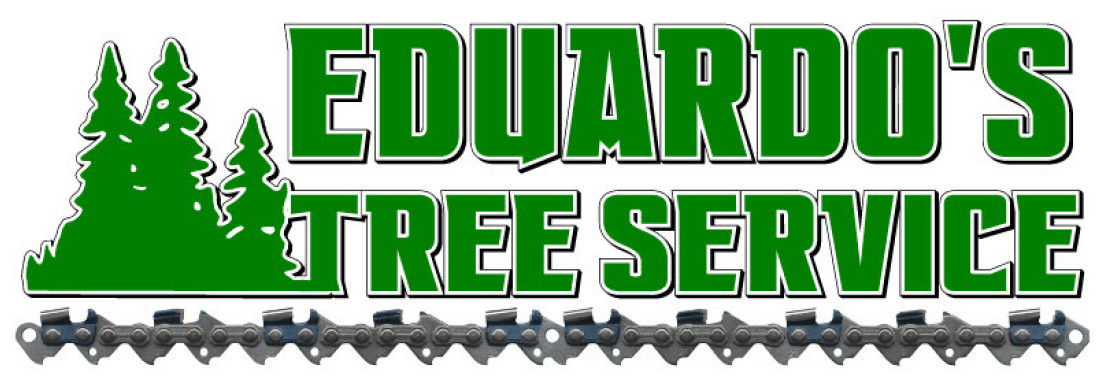

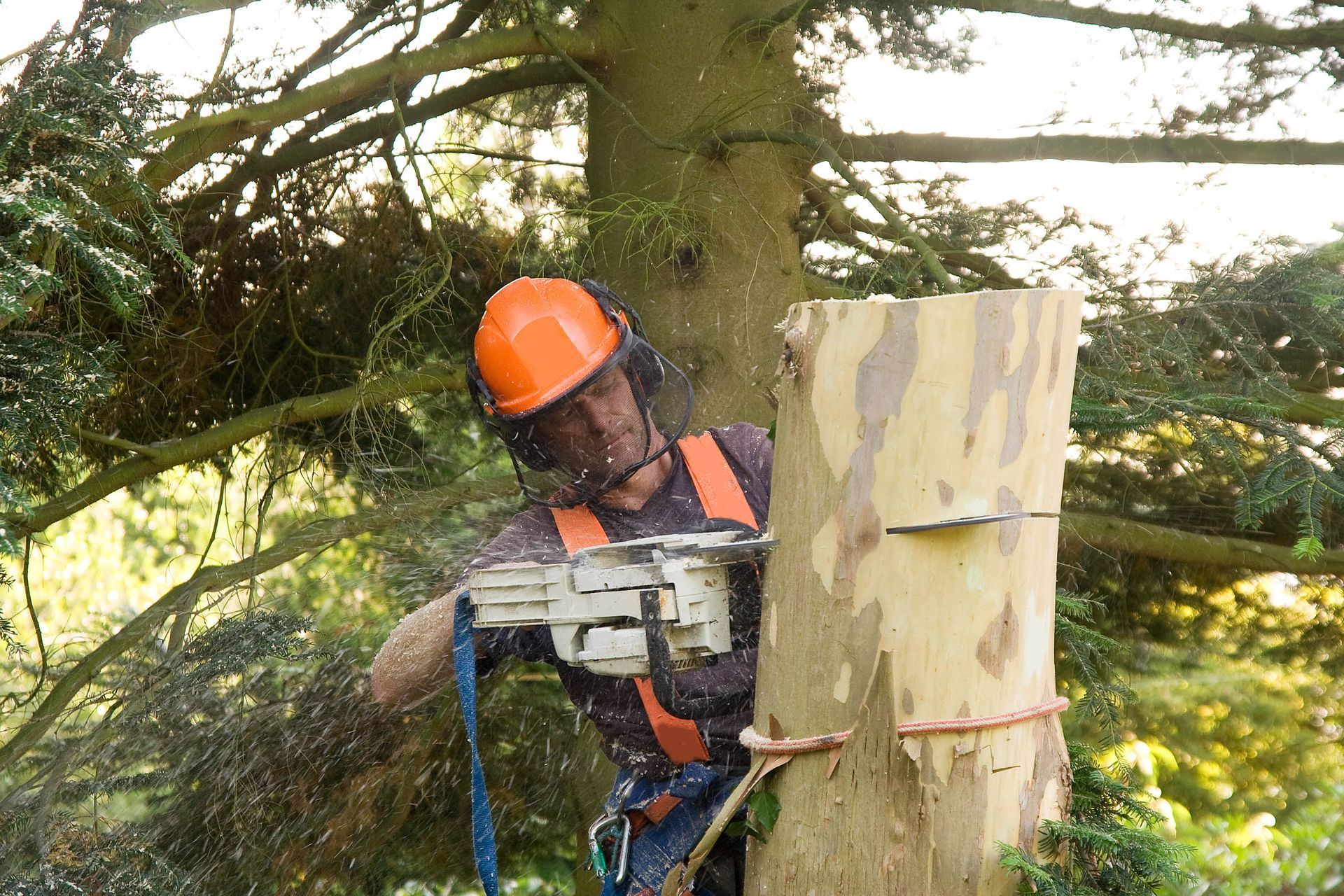
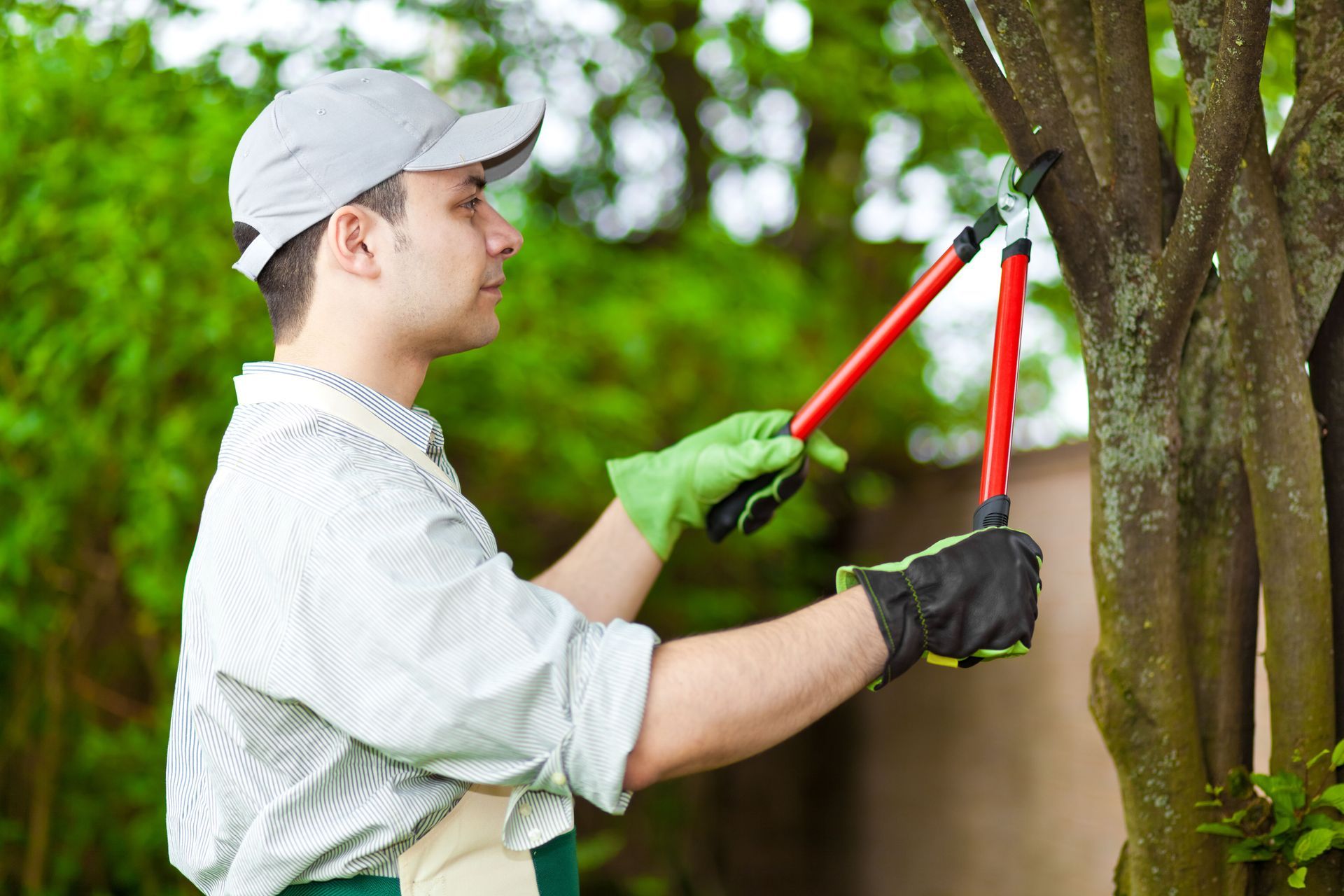
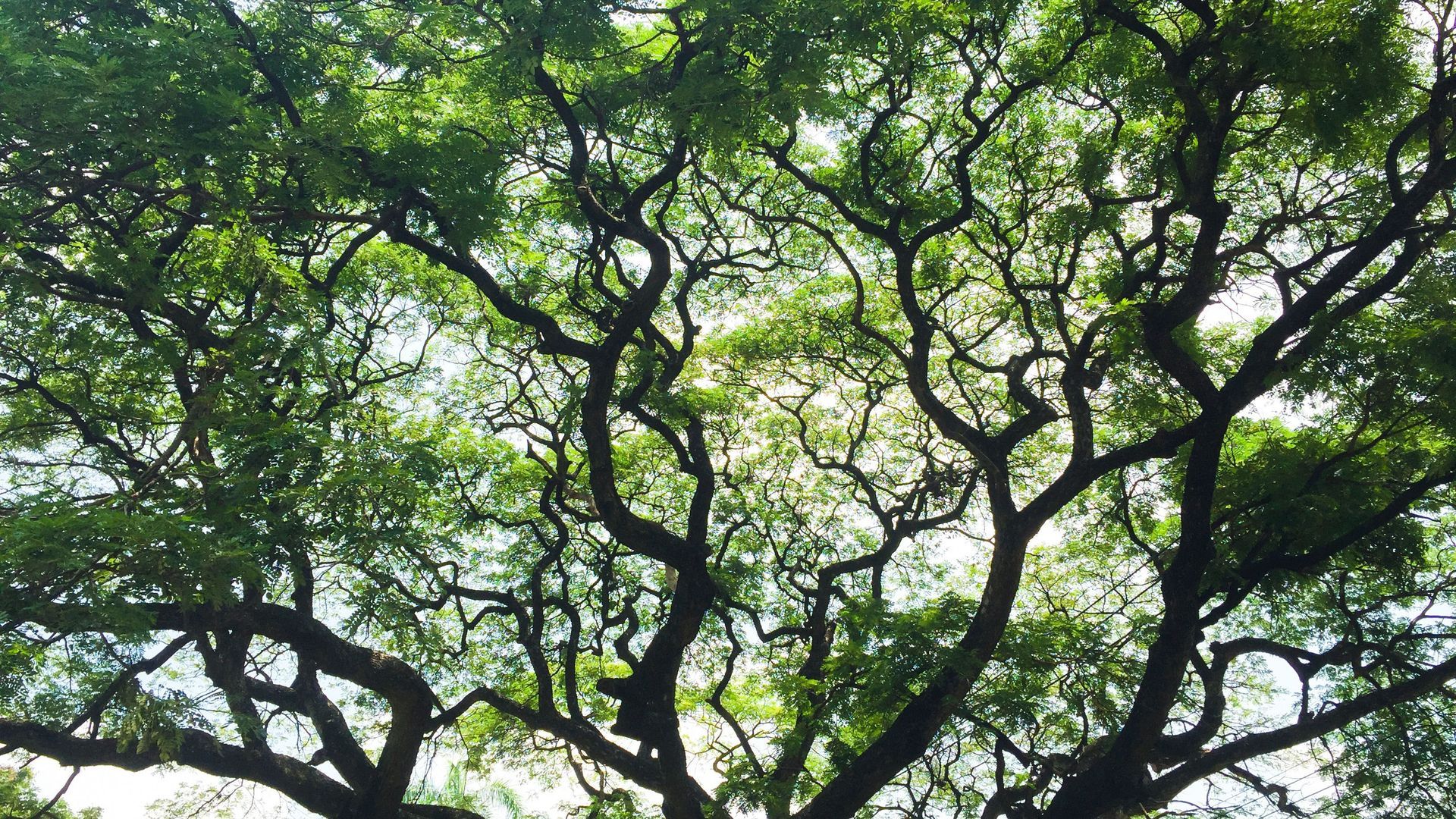

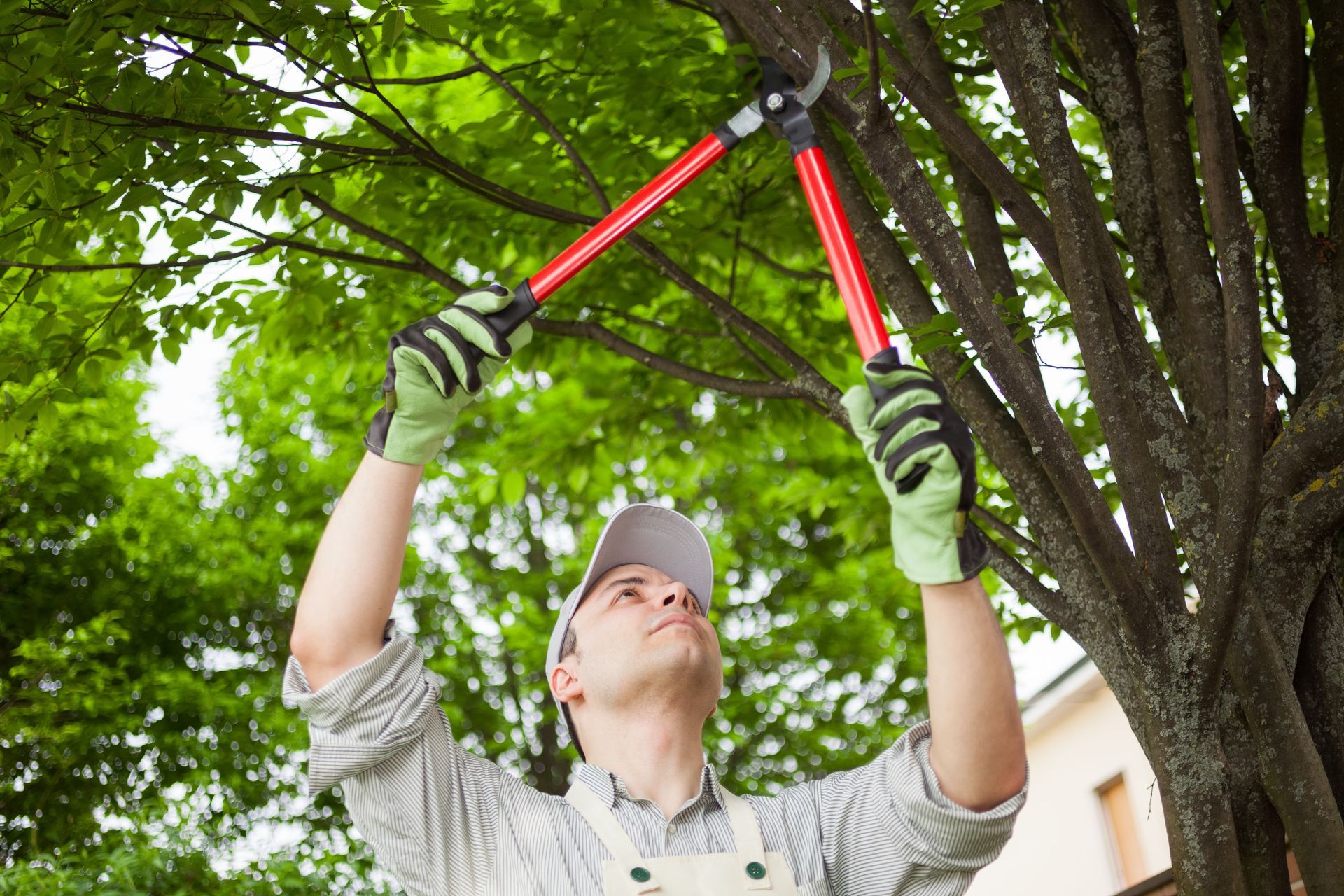
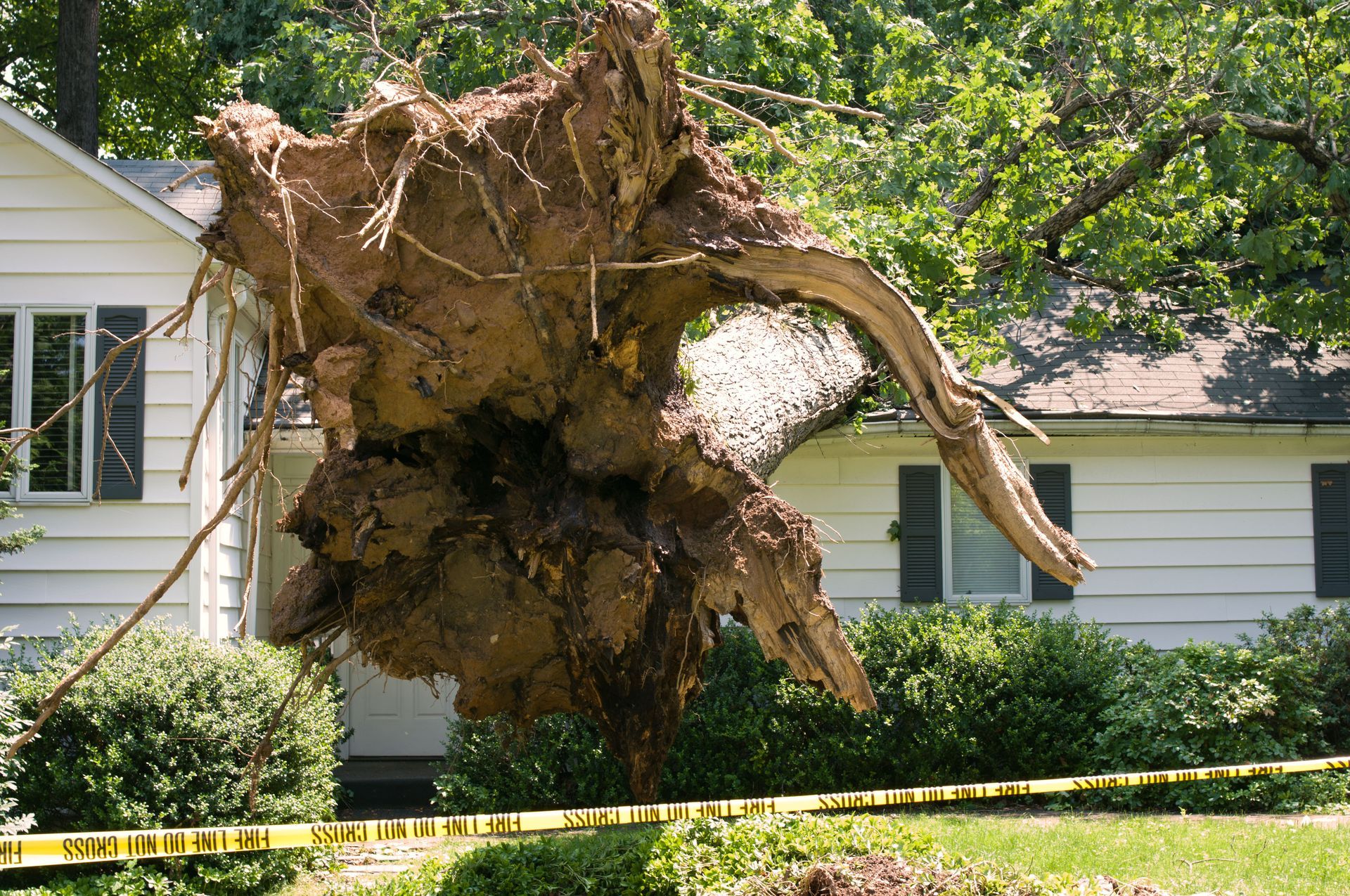

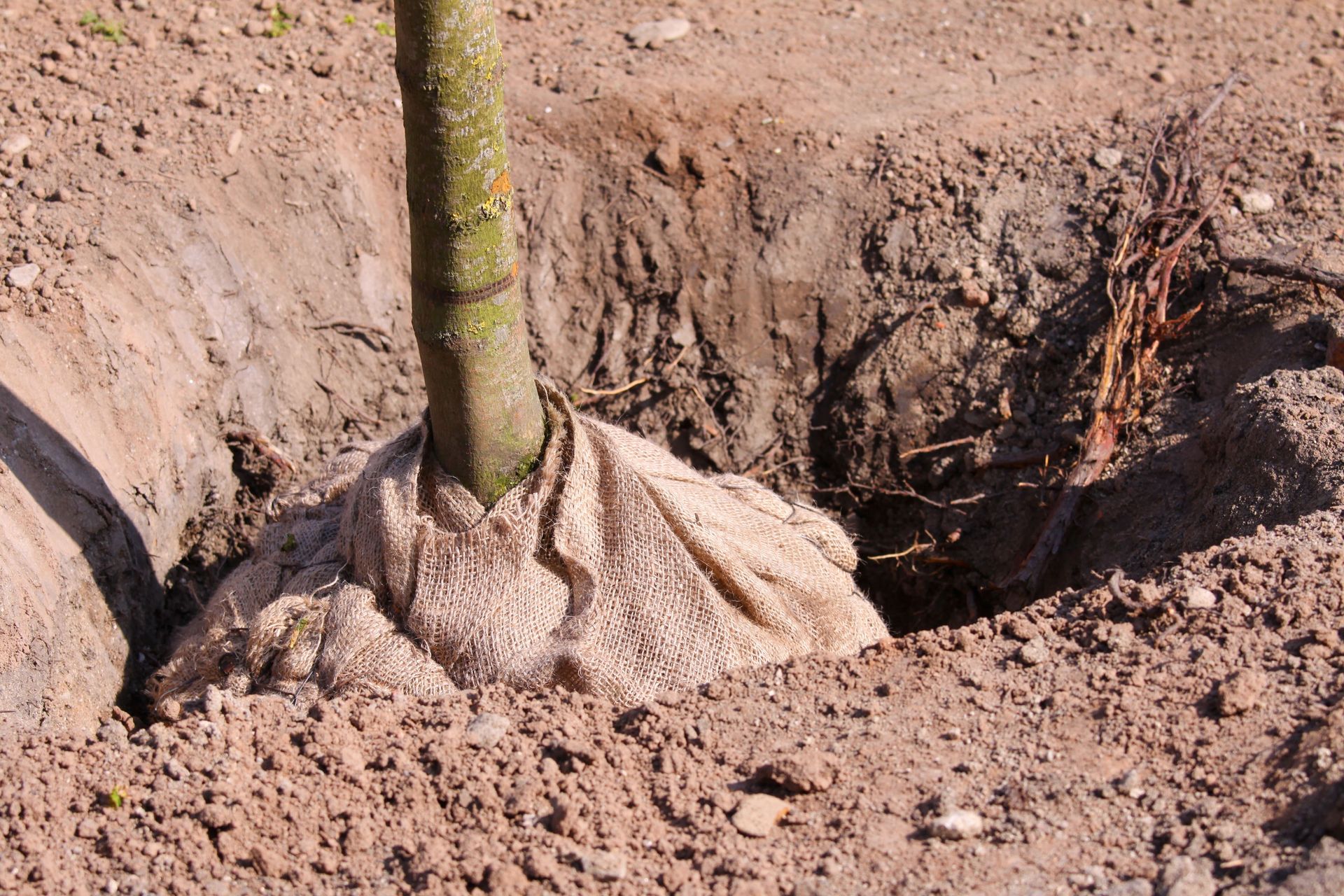


Share On: